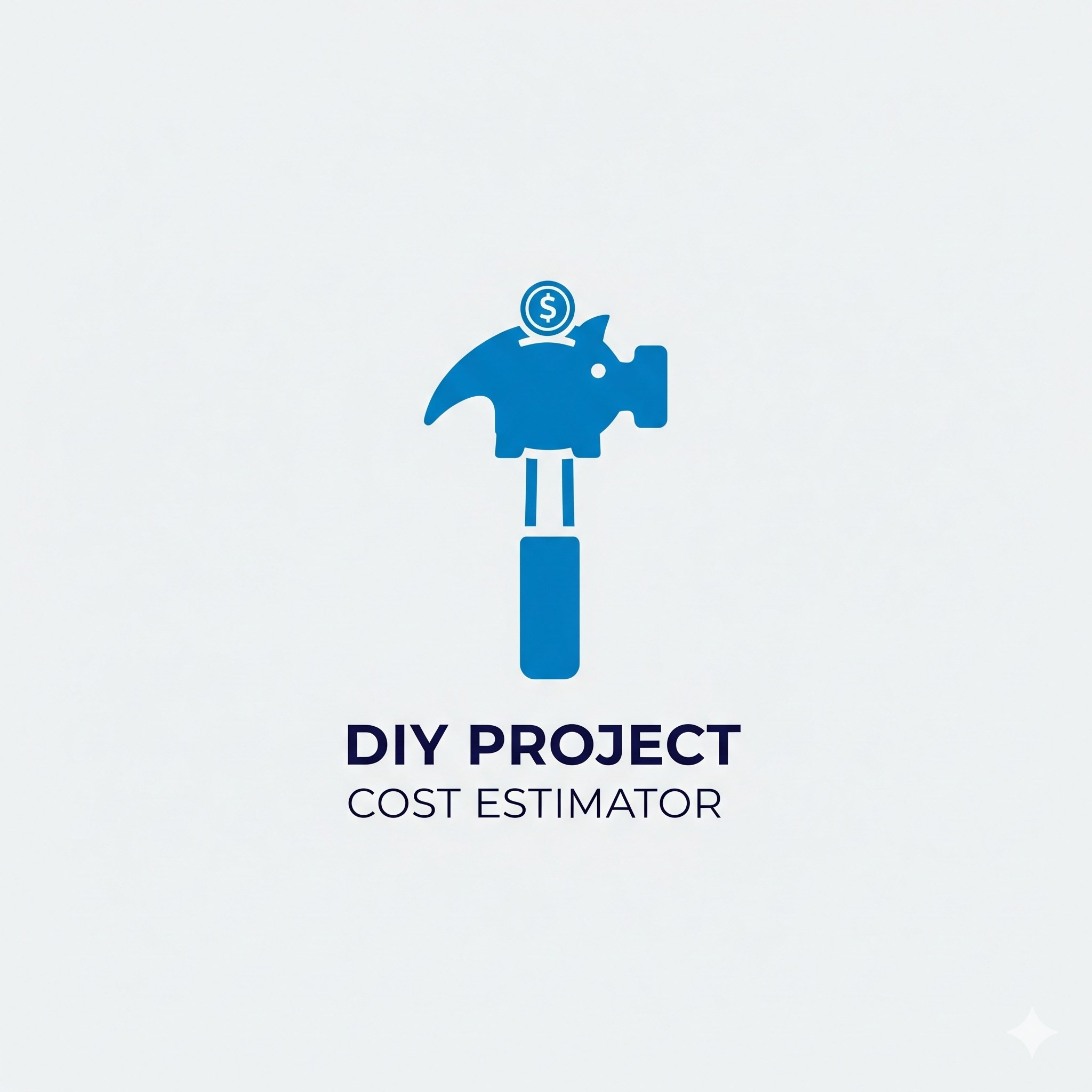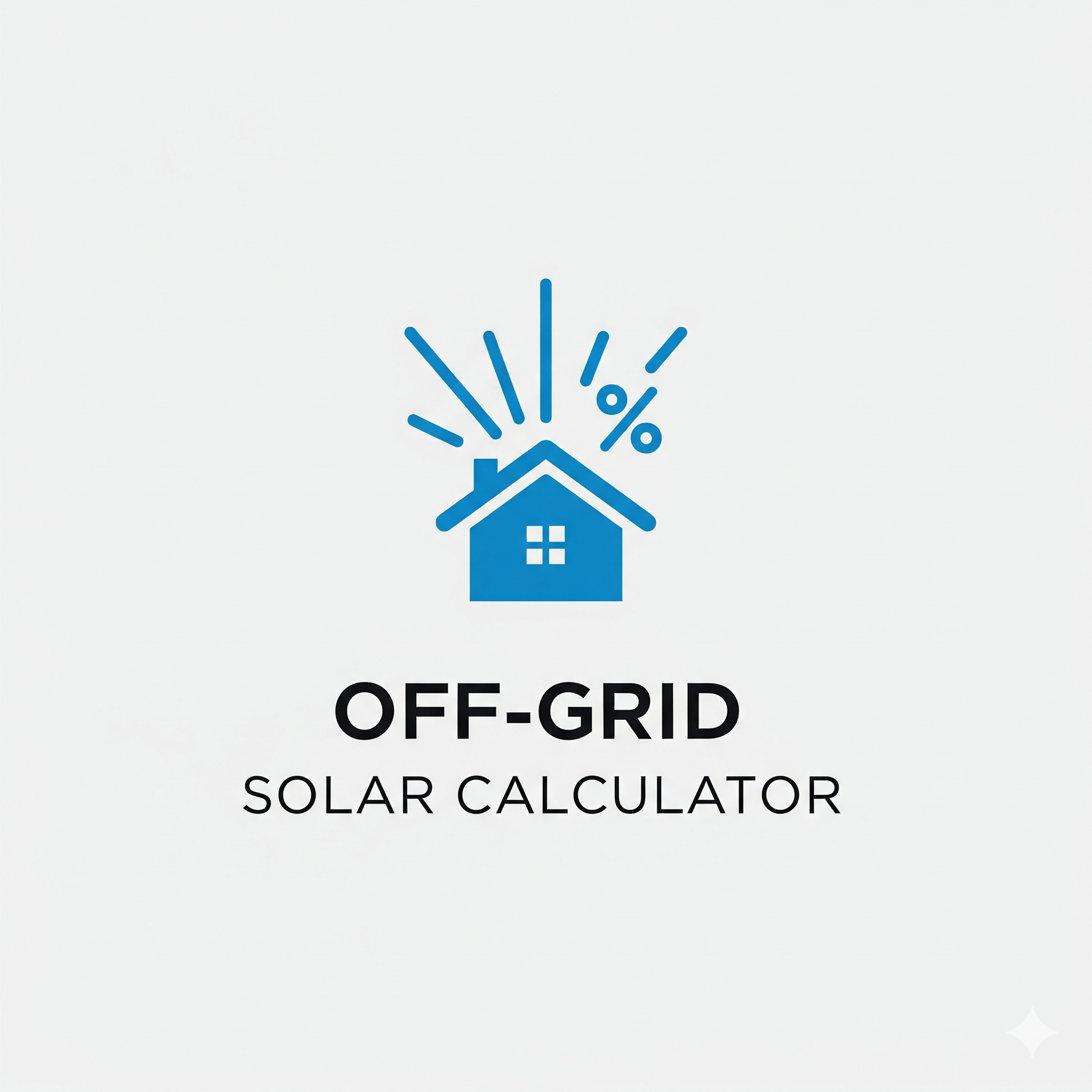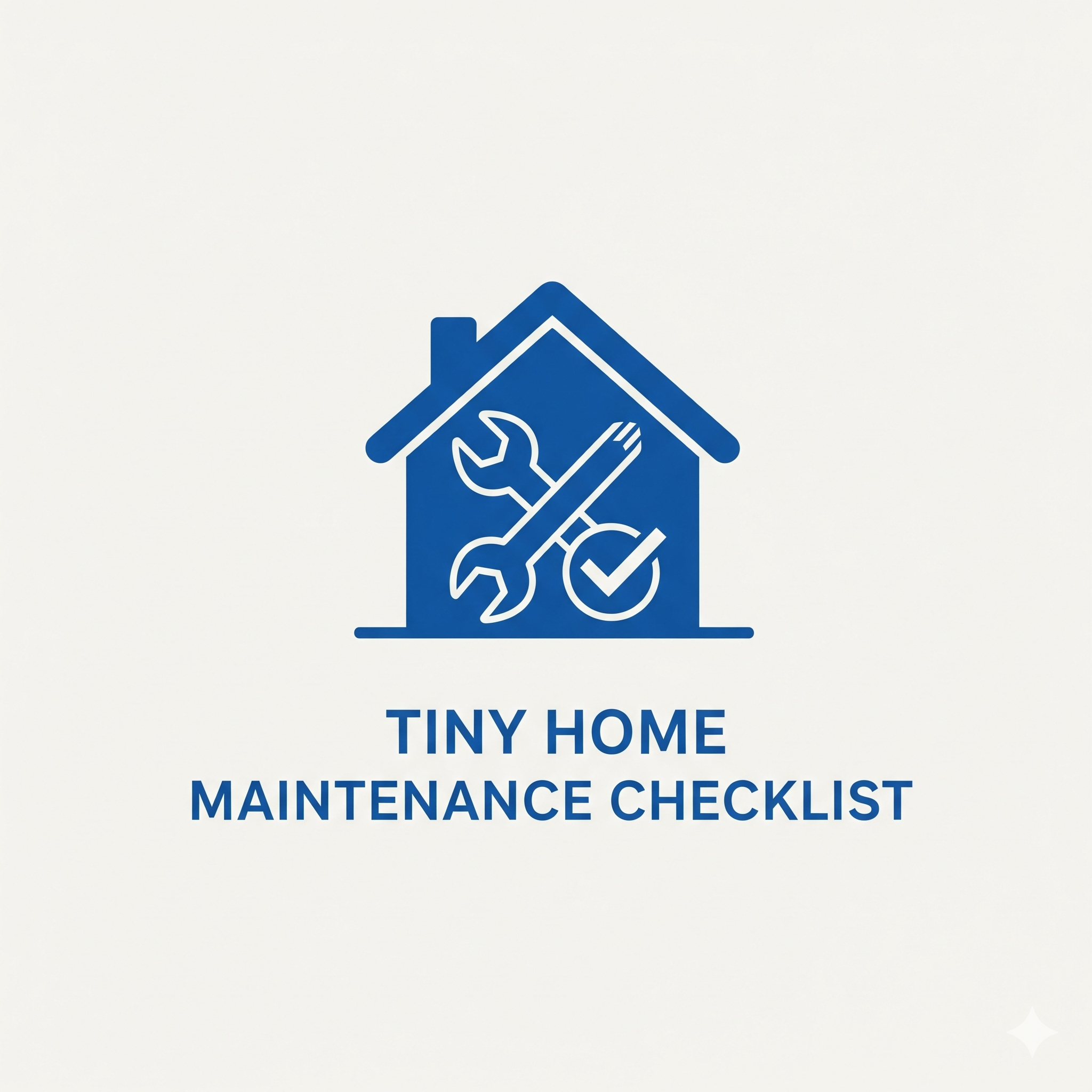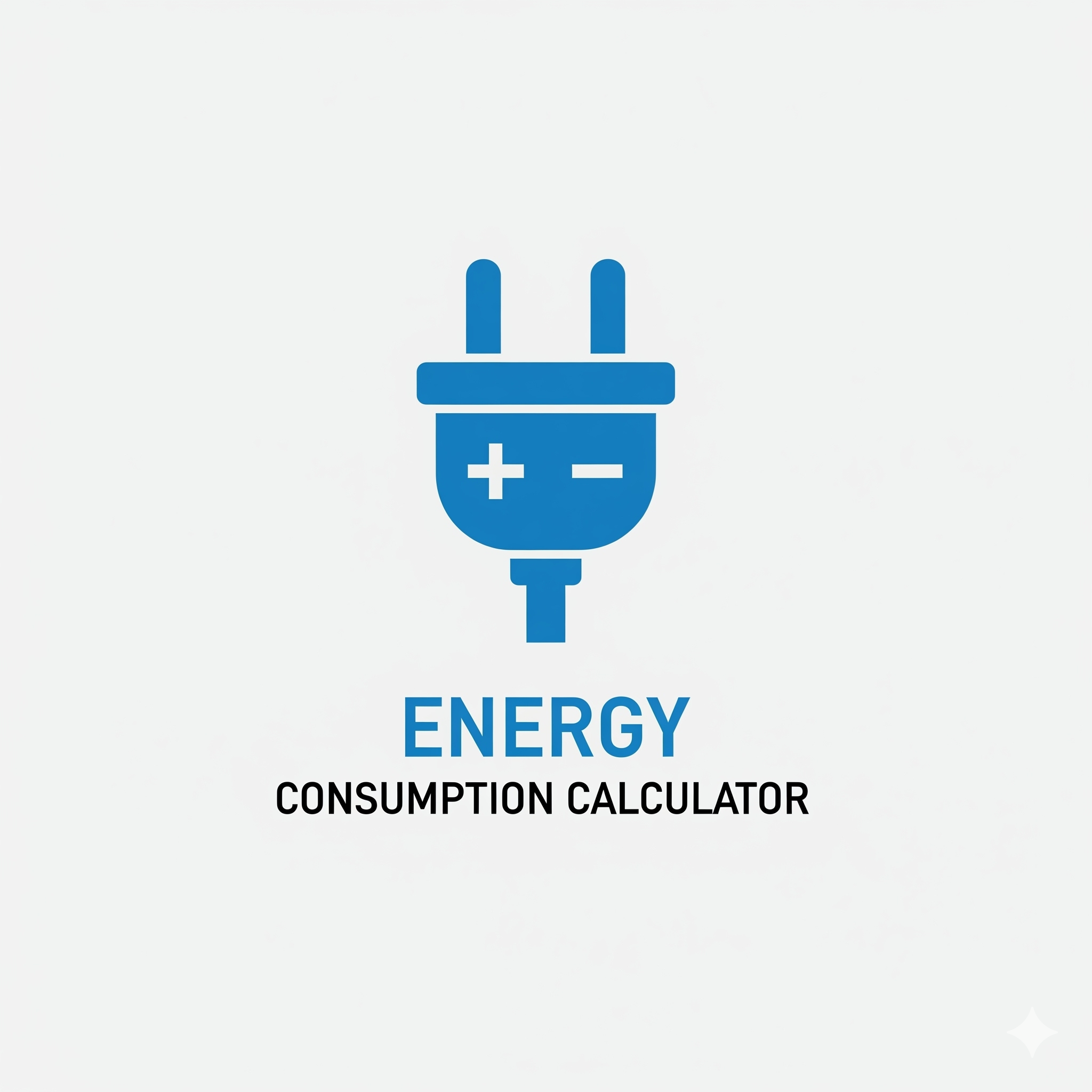DIY Project Cost Estimator: Budget Your Build
Our free DIY Project Cost Estimator helps you budget for your next project. Select a project to get a material list and calculate your total expected cost.
DIY Project Cost Estimator
Select a project to generate a typical materials checklist, then enter your local prices to create a quick and easy budget!
2. Enter Your Local Prices:
Total Estimated Project Cost:
$0.00How to use this tool: First, select a common DIY project from the dropdown list. The tool will generate a checklist of the basic materials you’ll likely need. Do a little research online or at your local hardware store to find the prices, enter them into the fields, and the calculator will give you an instant, estimated total cost for your project.
The DIY Project Cost Estimator: Your First Step to a Successful Build
Every great DIY project starts not with a hammer or a paintbrush, but with a plan. And the most crucial part of that plan is the budget. I’ve been there, and I know the feeling: you’re buzzing with excitement about a new project, you run to the hardware store, and you start grabbing what you *think* you need. Halfway through, you realize you’ve forgotten a key component or, worse, that the project is costing twice what you expected. This is the number one reason projects get abandoned. As a builder of tiny homes at Neat Tiny Home, I know that a solid budget is the foundation of everything. That’s why I created this **DIY Project Cost Estimator**. It’s designed to be your simple, no-nonsense budgeting partner, turning a vague idea into a concrete financial plan so you can build with confidence and without costly surprises.
This tool isn’t just about getting a final number; it’s about forcing you to think through the entire process from start to finish. By generating a material checklist, it prompts you to consider all the necessary components, not just the big, obvious ones. The **DIY Project Cost Estimator** transforms budgeting from a daunting task into a simple, organized process. It’s the five minutes of digital planning that will save you from multiple trips to the store, prevent you from overspending, and ultimately ensure your project makes it across the finish line.
The True Cost of a Project: It’s More Than Just Materials
When we budget for a project, we tend to focus only on the main materials—the lumber, the paint, the tiles. But seasoned DIYers know that the “hidden costs” can quickly add up. A realistic budget accounts for several categories:
- Main Materials: This is the obvious stuff. The wood for your shelves, the paint for your walls. These will make up the bulk of your cost. –
- Consumables & Fasteners: This is the category everyone forgets. It includes things like sandpaper, painter’s tape, wood screws, glue, drop cloths, and disposable brushes. While individually inexpensive, they can easily add 10-15% to your total budget.
- Tools: Do you have every single tool you need? For a tile project, you might need to buy or rent a wet saw. For a painting project, a quality roller and tray. Be honest about what’s in your toolbox and budget for any new additions.
- The “Oops” Factor (Contingency): I don’t care how skilled you are, mistakes happen. You might mis-cut a board, spill half a can of stain, or break a tile. Professionals always add a 10-15% contingency fund to their budget to cover these unforeseen issues. It’s the secret to a stress-free project.
Our **DIY Project Cost Estimator** helps you nail down the cost of the main materials, which is the biggest piece of the puzzle. Remember to add your own estimates for these other categories to build a truly robust budget.
How to Price Your Project Like a Pro
The estimator gives you the “what,” but you need to find the “how much.” Getting accurate, local prices is key to a reliable budget. Here’s a simple workflow:
- Start Online: For standard items, the websites of big-box hardware stores like The Home Depot or Lowe’s are your best friend. You can get accurate, up-to-the-minute pricing on paint, tools, and hardware.
- Call Your Local Lumberyard: For wood, especially if you need specific types or sizes, it’s often worth calling a local lumberyard. They may have better quality and sometimes better prices than the big stores.
- Look for Deals: Don’t be afraid to shop around. Check for sales, look for “mis-tint” paints (custom-mixed paints that were returned, sold at a deep discount), and see if your local area has a resource like a Habitat for Humanity ReStore, which sells salvaged and donated building materials at a fraction of the price.
Know When to Splurge and When to Save
A budget doesn’t mean you have to choose the cheapest option for everything. The art of a good DIY project is knowing where your money will have the most impact. Here are my rules of thumb:
| Where to SPLURGE | Where to SAVE |
|---|---|
| Tools you’ll use again: A quality drill or a good set of paint brushes will last for years and make every project easier and better. | One-time use tools: For a single tile job, renting a wet saw is far more cost-effective than buying one. |
| The “touchable” items: Spend more on things you interact with daily, like a quality faucet, cabinet hardware, or a durable countertop finish. | The “invisible” items: Standard drywall, basic construction lumber (for projects you’ll be painting), and generic wood screws are often just as good as their premium-priced counterparts. |
| Safety gear: Never skimp on quality safety glasses, gloves, and dust masks. Your health is not worth a few dollars. | Drop cloths: An old bedsheet or a cheap plastic tarp works just as well as an expensive canvas drop cloth for most painting jobs. |
Building something with your own hands is one of the most rewarding experiences you can have. It connects you to your home in a profound way. Don’t let the fear of a busted budget hold you back. Use our **DIY Project Cost Estimator** to arm yourself with knowledge, create a solid plan, and take the first confident step toward your next amazing creation.
What DIY project have you been dreaming of starting? Use the tool and let us know in the comments if the estimated cost was what you expected!
Frequently Asked Questions (FAQ)
- The project I want to do isn’t on the list. Can I still use this tool?
While the tool has pre-set lists for common projects, the principles are universal. A great way to create your own list is to watch a few YouTube tutorials on the project you want to build. Pay close attention to the “materials needed” section at the beginning of the video, write them down, and then use that list to research your prices. - How much of a contingency fund should I add to the final estimate?
For a simple, straightforward project like painting a wall, a 10% contingency is usually safe. For a more complex project that involves cutting expensive materials (like tile or butcher block), I would recommend a 15-20% contingency to be safe. It’s better to have it and not need it than to need it and not have it. - Does this calculator include the cost of my time?
No, this is purely a material cost estimator. The value of your time is something you have to weigh personally. While DIY saves you the cost of labor, always be realistic about how long a project will take you. Sometimes, for a complex or time-sensitive job, hiring a professional can be the better choice. - Is it cheaper to build my own furniture than to buy it?
It depends! For simple items like shelves or a basic table, building it yourself with construction-grade lumber is almost always cheaper. For more complex items like an upholstered chair, the cost of materials and the specialized tools required can sometimes be more expensive than buying a budget-friendly option from a store like IKEA.




Post Comment